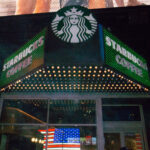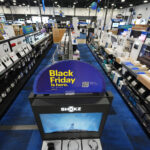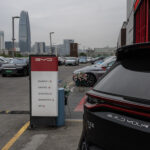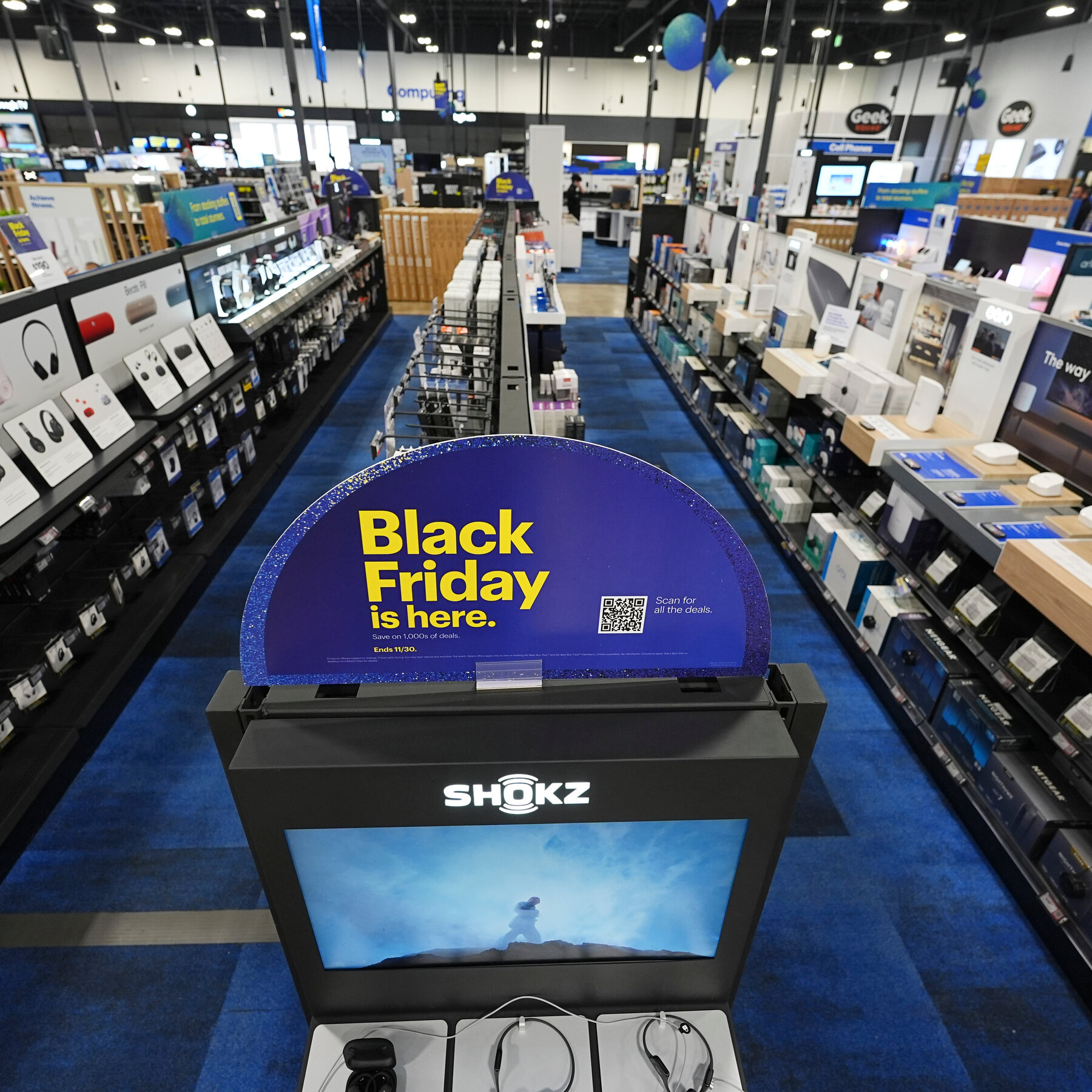Imagine walking into your go-to coffee shop, and without having to say a word, the barista says “Usual order? A soy flat white with no sugar, just the way you like it, or would you like to try something else today?”
This simple yet thoughtful gesture makes a customer feel valued and understood, encouraging them to return again and again. Today, thanks to an array of tech-enabled digital platforms, brands have the potential to replicate this experience in the digital world through effective personalisation.
According to MoEngage’s Personalisation Pulse Check Report[1], which surveyed over 1000 consumers across Australia and the rest of APAC, more than two thirds of respondents are either delighted or pleased by personalised discounts and offers. These numbers reveal just how important personalisation has become and, when executed correctly, how it can significantly elevate customer satisfaction and engagement. Here are a few ways businesses can up their personalisation game.
The power of geolocation
One area where personalisation can truly shine is through geolocation. It’s a straightforward yet powerful method that demonstrates an understanding of customers’ needs without them having to lift a finger. It’s more than just knowing where customers are; it’s about providing them with timely, relevant information that enhances their experience.
Consider someone browsing a retail app while near a brand’s physical store. Sending them a notification with a discount on an item they’ve shown interest in—such as a pair of sneakers they’ve been eyeing—could motivate them to make an in-store purchase. This location-based interaction makes customers feel that the brand is anticipating their needs.
Keeping it simple
Personalisation is often seen as the key to unlocking deeper customer relationships. But putting the customer first means going beyond adding their name in an email. It means remembering the finer details that matter to them such as their preferences and habits.
For example, if a customer frequently purchases eco-friendly products, then suggesting new sustainable options or offering a discount on a product they’ve browsed but not yet bought, like a reusable water bottle, is a sensible approach.
However, while personalisation offers considerable benefits, overcomplicating strategies can lead to confusion and frustration. It’s essential to strike a balance between personalised interactions and simplicity.
If a brand integrates its personalisation efforts across social media platforms like Facebook and TikTok, it should avoid overwhelming users with ads for every product they’ve ever viewed. Instead, the brand could focus on retargeting them with a single, relevant offer—like a flash sale on a specific item they’ve shown interest in, such as a smartwatch. This kind of streamlined approach is more likely to engage customers without overwhelming them.
Understanding and managing consumer expectations
Collecting and using personal data is essential for effective personalisation but it also brings up critical considerations around privacy and data security. MoEngage’s Personalisation Pulse Check report indicates that more than half of consumers are comfortable sharing personal data, such as their name, age, location, and email address, in exchange for a more tailored experience. This willingness to provide macro-level information highlights the need for transparent data practices and clear communication about how customer information is used.
Moreover, around three quarters of consumers prefer personalised recommendations delivered through chatbots, personalised feeds, in-app suggestions, and geotargeting. This demonstrates that brands need to align their personalisation efforts with these preferences to align closely with customer expectations.
The competitive advantage of personalisation
In today’s crowded market, personalisation can be a significant differentiator. MoEngage’s research further reveals that more than half of consumers are willing to choose a brand based on its ability to provide a personalised experience, making it a high-stakes game. For example, a travel company that remembers a customer’s preferred destinations and suggests tailored holiday packages—like a last-minute deal to Bali for a frequent beachgoer—can really stand out in a competitive landscape.
What’s clear now is that personalisation isn’t just a tool for improving customer experiences—it’s a strategic imperative. Just as the barista’s gesture of preparing a regular customer’s usual coffee encourages loyalty, brands must master the basics of personalisation to foster trust and build deeper customer relationships. Those that do will not only meet but exceed customer expectations, creating a lasting competitive edge in the market.
Source: Personalization Report 2023: Southeast Asia
Keep up to date with our stories on LinkedIn, Twitter, Facebook and Instagram.
By understanding and catering to individual customer preferences, businesses can forge stronger relationships and drive loyalty. Expert Dynamic Business










